Hydraulic cylinders, which are also sometimes informally called hydrolic cylinders or linear hydraulic motors, are mechanical actuators that convert the hydraulic energy of pressurized fluids into mechanical energy. They use this mechanical energy to manipulate the movements of machine attachments and linkages. Hydraulic cylinders are similar to pneumatic cylinders, or air cylinders. The main difference between hydraulic and pneumatic cylinders is the fact that hydraulic cylinders use compressed fluid, while pneumatic cylinders use compressed air or gas. Read More…
Aggressive Hydraulics is a leading manufacturer and designer of custom hydraulic cylinders. Since our founding in 2002 we have assembled a team of experienced professionals and talented engineers to assist us in creating the best hydraulic cylinders on the market. The component parts we offer include cylinder heads, end caps, mounts, pistons, ports, valve blocks, and other related accessories. To ...

We are a leading supplier of hydraulic cylinders. If you need a heavy duty hydraulic cylinder then Columbus Hydraulic Cylinders can make exactly what you are looking for. All of our standard products come with an o-ring and two back-up rings and these items can be featured with piston u-cups, slipper seals, special compounds, chevron, steel rings and more if your application requires. Give us a...

Phelps Industries specializes in hydraulic cylinders, heavy duty hydraulic cylinders, high pressure hydraulic cylinders, telescopic hydraulic cylinders and hydraulic cylinder repair. All our products have a comprehensive warranty program plus we provide top-quality technical service and support.

We are dedicated to serving customers in a global marketplace. Since our inception, we have been providing our customers with exceptional customer service and top of the line hydraulic cylinders that are built to last a lifetime. We have made it our goal to provide our customers with the technical assistance that they can count on to find solutions to all their problems, visit our website today...
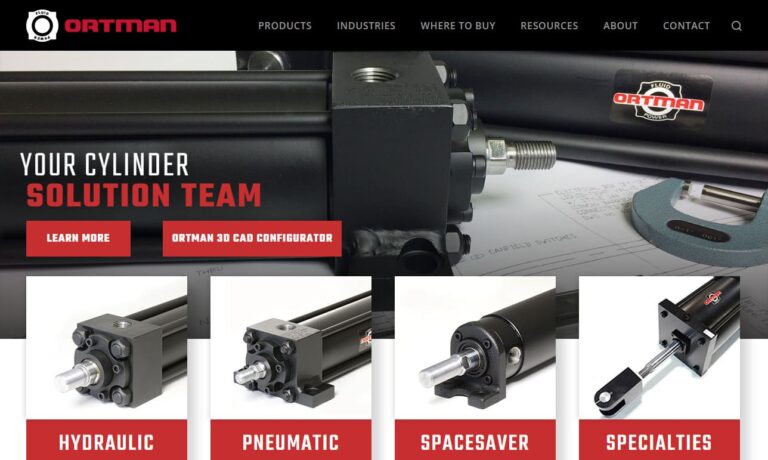
More Hydraulic Cylinder Manufacturers
Hydraulic cylinders play a vital role across a multitude of industries, including agriculture, aviation, aerospace, automotive, robotics, waste management, military, machining, manufacturing, oil and gas, and construction. Their impact is profound: as these cylinders enhance output force, they exponentially boost efficiency and mechanical performance.
In practice, they drive a diverse array of machinery—everything from backhoes and cranes to brakes, dozers, forklifts, and elevators. They power jacks, snowplows, dump trucks, ships, spacecraft, and planes, and also enable advanced systems like power steering and robotic arms. Even in the realm of toy manufacturing, hydraulic cylinders find use in crafting water pistols, demonstrating their versatility across both heavy-duty and playful applications.
History
Hydraulic cylinders are a fascinating outcome of the study of hydraulics, a field that traces its origins back to 1648. It was in this pivotal year that Blaise Pascal uncovered what has since been known as Pascal’s Principle. This principle reveals that when pressure is applied to a confined fluid, it is distributed uniformly throughout the entire fluid. This discovery laid the groundwork for the sophisticated hydraulic systems we use today.
Although modern hydraulics originated in 1648, it wasn’t until nearly a century later that they began to make significant strides. In 1738, Swiss mathematician Daniel Bernoulli combined Pascal’s Principle with his own groundbreaking Bernoulli’s Principle, using these insights to operate mills and power pumps.
In 1795, Joseph Bramah, a pivotal figure in the Industrial Revolution, introduced his groundbreaking hydraulic press, marking the advent of functional hydraulic machinery. Bramah’s innovation operated by moving a press plate using liquid compressed between two cylinders of different sizes, a design that set the stage for the future of hydraulic technology. His contributions earned him the title of one of the “fathers of hydraulics.”
About 45 years later, another key figure, William Armstrong, further advanced hydraulic engineering. Armstrong, known for developing a range of hydraulic equipment, including a notable hydraulic crane, revolutionized manufacturing processes. His crane employed a hydraulic cylinder he dubbed a “jigger,” simplifying and enhancing the efficiency of harnessing hydraulic power in industry.
Since the inception of hydraulic manufacturing, scientists and engineers have continually refined hydraulic cylinder operations. Early on, water was the primary fluid used, but it soon became clear that it was prone to causing corrosion and rust. To combat these issues and enhance performance, engineers transitioned to hydraulic oil more than 80 years ago. This shift not only minimized corrosion and rust but also improved power efficiency and reduced rapid evaporation, revolutionizing hydraulic systems in the process.
Since the mid-20th century, hydraulic machines have evolved to become both more prevalent and more powerful. These advancements have enabled hydraulic cylinders to drive major machinery, such as cranes, revolutionizing construction. With the aid of hydraulic cranes, we’ve reached new heights—literally and figuratively—constructing everything from towering skyscrapers to intricate airplane parts.
Hydraulic Cylinder Design
Materials
Customers and hydraulic cylinder manufacturers have a broad array of choices for selecting materials for different components of hydraulic cylinders.
Seals come in a wide variety of materials, including nitrile rubber, polyurethane, fluorocarbon Viton, various elastomers, and even cast iron.
Scrapers and wipers are mostly crafted from polyurethane, known for its flexibility and durability. However, for handling extreme cold, you can find versions made from metal, designed to withstand sub-zero temperatures.
Wear bands are typically crafted from a blend of bronze, PTFE, and reinforced woven polyester, merging durability with advanced materials for enhanced performance.
Pistons can be crafted from a variety of materials, including steel, stainless steel, brass, bronze, cast iron, or aluminum.
Cylinder bodies should be crafted from robust materials like stainless steel to ensure durability.
Considerations and Customization
Designing a hydraulic cylinder involves carefully considering several crucial elements: the bore size, rod diameter, maximum operating pressure, stroke length, and the materials used. Although manufacturers offer a broad range of standard hydraulic cylinders, they can also craft a custom cylinder tailored to your specific needs. To explore both standard and custom cylinder options, discuss your application requirements with potential suppliers to find the best solution for your needs.
Features
Every cylinder is made up of a cylindrical barrel, a base or cap, a head, a piston, a piston rod, seals, seal glands, and wear bands. Additionally, they all rely on hydraulic fluid for operation.
The barrel, essentially a cylindrical tube, is crafted primarily from a seamless piece of metal. Its purpose is to contain and withstand hydraulic pressure.
The base, often referred to as the cap, serves a dual purpose: it encloses one end of the pressure barrel and provides a means for mounting. It’s attached to the barrel through various methods such as threading, welding, tie rods, or bolts. In addition, an O-ring or static seal is typically positioned between the barrel and the cap to ensure a secure fit, unless the cap is welded in place.
The cylinder head seals the barrel at its opposite end, forming a tight closure. It incorporates a static seal and attaches to the barrel using a tie rod, bolts, or threaded connections.
The piston acts as a divider between different pressure zones within the barrel, enabling cylinders to handle a variety of tasks. Whether pushing, pulling, steering, pressing, tilting, turning, or lifting heavy loads and machine parts, the cylinders are designed with precision. Their surfaces are meticulously machined with grooves to accommodate metal or elastomeric seals and bearing elements, ensuring a perfect fit and optimal performance.
The piston rod connects to the piston through nuts, threads, or bolts, channeling its linear motion. Typically crafted from a hardened, chrome-plated cold-rolled steel, the piston rod stretches from the cylinder to the rod-end head. It also serves as the link between the hydraulic actuator and the machine component it powers, either through a mounting attachment or a machine thread.
The seals track the movement of the piston rod, taking the form of semi-soft, non-metallic rings nestled into grooves within the cylinder. This arrangement creates a barrier that effectively manages or isolates fluid within systems that involve reciprocating motion. These seals come in various forms, including dynamic seals, rod seals, piston seals, and both double-acting and single-acting seals, each designed for specific functions within the assembly.
The seal gland is a specialized section of the cylinder head where seals are attached to prevent pressurized oil from escaping through the gap between the rod and the head. This component typically features a primary seal, a secondary or buffer seal, bearing elements, and a wiper or scraper. The wipers or scrapers play a crucial role in keeping contaminants such as dust, dirt, and moisture at bay, ensuring the system operates smoothly and efficiently.
Wear bands serve as a buffer between metals.
Types
One of the ways that hydraulic cylinders are divided is by the way they move.
Single-acting cylinders are designed to move in just one direction, whether it’s along a vertical or horizontal plane, or at another specified angle.
Double-acting cylinders enable the rod to traverse in both directions along its axis, offering versatility that single-acting cylinders can’t match. This dual functionality makes them a more popular choice in various applications.
Hydraulic cylinders can also be categorized based on their barrel design. Among the most sought-after types in this classification are tie rod hydraulic cylinders and welded hydraulic cylinders.
Tie rod hydraulic cylinders, also known as barrels, are built to support substantial weights thanks to their external rod reinforcement. This added strength makes them ideal for heavy-duty applications, enabling them to manage the most demanding loads with ease.
Welded hydraulic cylinders, with their compact and sleek design, are notably smaller and lighter than their hydraulic tie rod counterparts. Despite their size, they maintain the same high quality. The seamless integration of welded parts enhances their stability, surpassing that of multi-part cylinders. These cylinders are particularly favored in agriculture and construction, where their compactness makes them ideal for fitting into smaller machines.
Additionally, there are specialized cylinders such as telescopic cylinders and hydraulic rams, along with various other types.
Telescopic cylinders are a type of hydraulic cylinder designed to extend in multiple stages. This unique mechanism allows them to achieve longer strokes while maintaining a compact form, making them ideal for applications where space is limited but significant reach is required.
Hydraulic rams, essential components within hydraulic cylinders, serve as powerful pistons for cyclical water pumping. When they push the water, they transfer kinetic energy, driving the hydraulic pump’s operation. These devices are particularly valuable in rural or remote areas where installing an electrical water pump is impractical, offering a reliable and efficient alternative.
Heavy-duty hydraulic cylinders excel in demanding, high-flow environments, making them ideal for industrial settings. They are engineered to withstand and efficiently manage high pressures, ensuring reliable performance even under the most strenuous conditions.
High-pressure hydraulic cylinders are compact and lightweight, making them versatile for installation in various spaces. Despite their modest size, they pack immense power, making them ideal for demanding environments such as material transforming and testing. These cylinders excel in scenarios requiring high pressure alongside medium or short strokes, demonstrating their impressive capability in specialized applications.
Mobile hydraulic cylinders are crafted to power a range of mobile equipment, including personal lifts that elevate workers to new heights, snowplows that clear paths through winter’s grasp, material handling vehicles that streamline the movement of heavy goods, and robust construction machinery that builds the world around us.
Stainless steel hydraulic cylinders are crafted to excel in environments requiring strict hygiene standards or where they are exposed to highly corrosive conditions. These cylinders are engineered to withstand harsh influences while maintaining optimal performance, making them ideal for applications demanding cleanliness and durability.
Thread cap cylinders are hydraulic cylinders distinguished by their threaded head design, which includes a gland that is securely sealed with an O-ring.
Small hydraulic cylinders are designed for operations requiring extremely short strokes, typically an inch or less. Despite their compact size, these cylinders excel in delivering highly precise movements, making them ideal for tasks demanding meticulous control and accuracy.
Stepped cylinders are a unique type of double hydraulic cylinder, often referred to as two-way hydraulic cylinders. These cylinders initiate with a swift, initial stroke that transitions seamlessly into a more powerful and forceful motion, providing an efficient and dynamic performance.
Replacement cylinders are those provided by manufacturers to substitute old ones that are either malfunctioning or outdated compared to the latest technological advancements.
Accessories
Accessories for hydraulic cylinders are vital components that significantly boost performance, efficiency, and safety. Take cylinder valves, for instance. These are installed on hydraulic cylinders to regulate the flow of hydraulic fluid, facilitating the smooth and precise movement of the piston. By managing this flow, users can control the speed and direction of the cylinder’s extension and retraction, ensuring the system remains stable and preventing any erratic movements that might cause equipment damage or pose a risk to operators.
Selecting the right hydraulic fluid is crucial because it significantly influences the performance and lifespan of the hydraulic system. This fluid is the lifeblood of the system, transmitting power, lubricating moving components, dissipating heat, and minimizing wear. The right type and grade of hydraulic fluid are essential to prevent system failures and maintain peak efficiency.
Extra seals play a crucial role in hydraulic cylinders, acting as guardians against hydraulic fluid leaks and contamination from external elements. Keeping spare seals readily available ensures that replacements can be made swiftly and effortlessly whenever needed, reducing downtime and protecting the integrity of the hydraulic system from potential damage.
Fittings, like clevis fittings, play a crucial role in linking different components within a hydraulic system. Clevis fittings provide a secure and adaptable connection between the cylinder rod and other parts, making installation and alignment straightforward. Choosing the right fittings is vital for maintaining a dependable and leak-proof hydraulic system.
Selecting the right accessories for a specific application involves a careful assessment of several key elements. You must consider the operating conditions, such as temperature and environment, as well as the load capacity to ensure the accessories can support the necessary weight. The operating pressure is crucial for determining the durability and strength of the components, while the motion control requirements will dictate the precision and responsiveness needed. Additionally, compatibility with other system components is essential to maintain seamless integration and functionality. By evaluating these factors, you can choose accessories that meet the demands of the application, ensuring both safety and optimal performance.
To acquire these accessories, you have several avenues. Specialized suppliers and manufacturers of hydraulic components present an extensive selection, along with expert guidance to help you choose the perfect items for your needs. Online retailers and e-commerce platforms also offer a broad array of options, making it easy to compare products and reviews conveniently. Local hydraulic shops or distributors often stock commonly used accessories and can assist in identifying suitable components. Moreover, if your hydraulic cylinder is part of a larger system, reaching out to the original equipment manufacturer can be particularly beneficial, as they can supply the correct and compatible accessories.
Proper Care
Proper care and maintenance are essential for the longevity, reliability, and optimal performance of hydraulic cylinders. Start with regular visual inspections to spot any signs of wear, leakage, or damage. Address any issues immediately to prevent them from worsening. Keeping the hydraulic system clean and free from contaminants is vital to avoid component wear and inefficiency. Ensuring the correct fluid level is maintained is crucial for the system’s performance. Follow the manufacturer’s guidelines for operating conditions, fluid types, and maintenance intervals to keep everything running smoothly. Lubricating moving parts reduces friction and wear, extending the cylinder’s lifespan and boosting system efficiency. Neglecting proper care can lead to severe consequences, including oil leaks, seal failures, reduced efficiency, and safety hazards. Hydraulic systems that are not well-maintained are more prone to sudden failures, which can cause unplanned downtime and increase repair costs. On the other hand, diligent maintenance brings significant benefits. It allows for early detection of issues, ensures smooth operation, extends the lifespan of the equipment, increases productivity, reduces energy consumption, and promotes a safer working environment.
How to Choose the Right Supplier
For the most productive experience in purchasing hydraulic cylinders, it’s essential to explore multiple suppliers. Using our comprehensive directory, you can compare various hydraulic cylinder providers. Each supplier’s profile page showcases their expertise and capabilities, and includes a contact form for direct communication or quote requests. Our unique website previewer allows you to swiftly understand each company’s specialties. Finally, our streamlined RFQ form enables you to contact several hydraulic cylinder companies simultaneously with the same request.

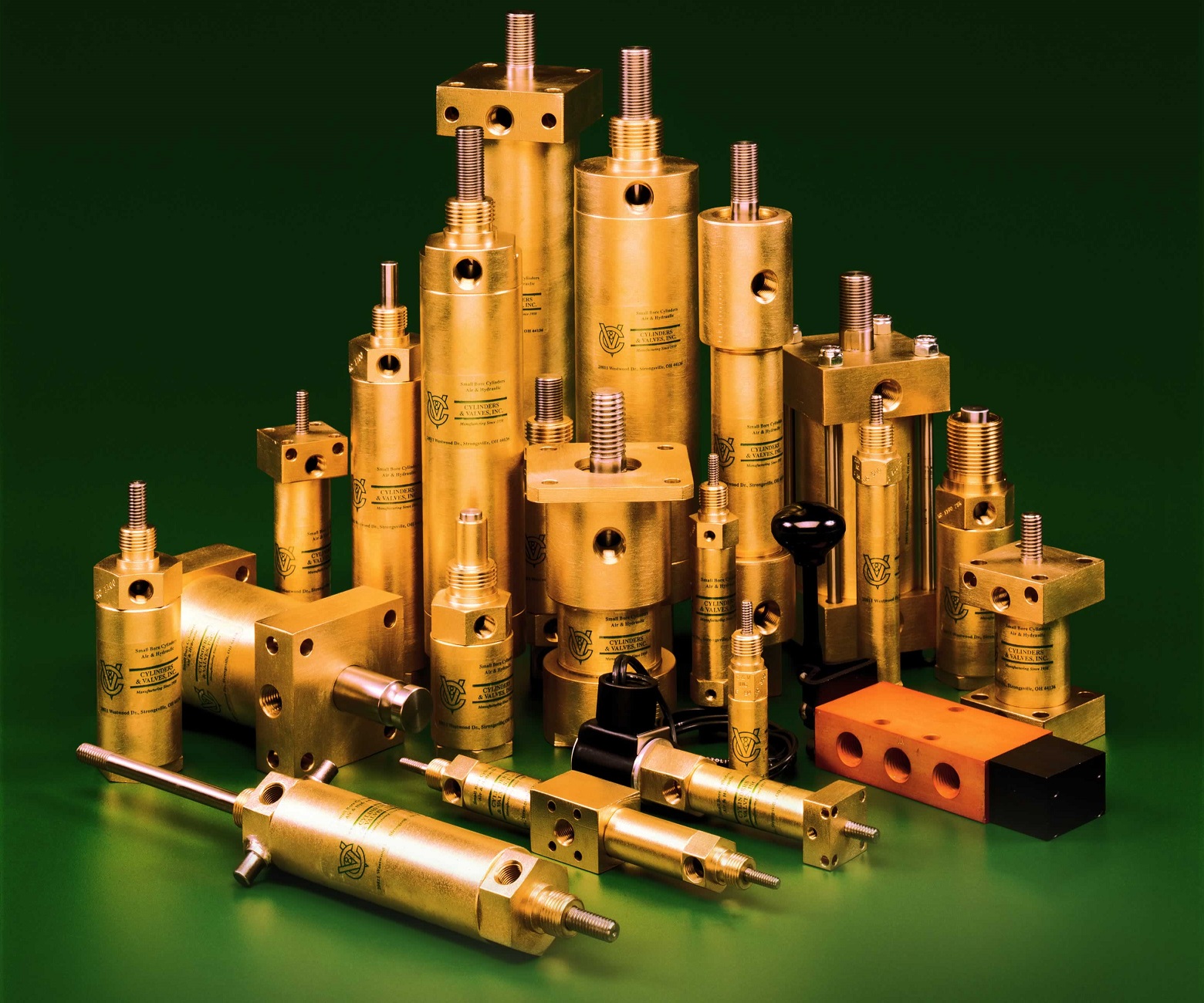
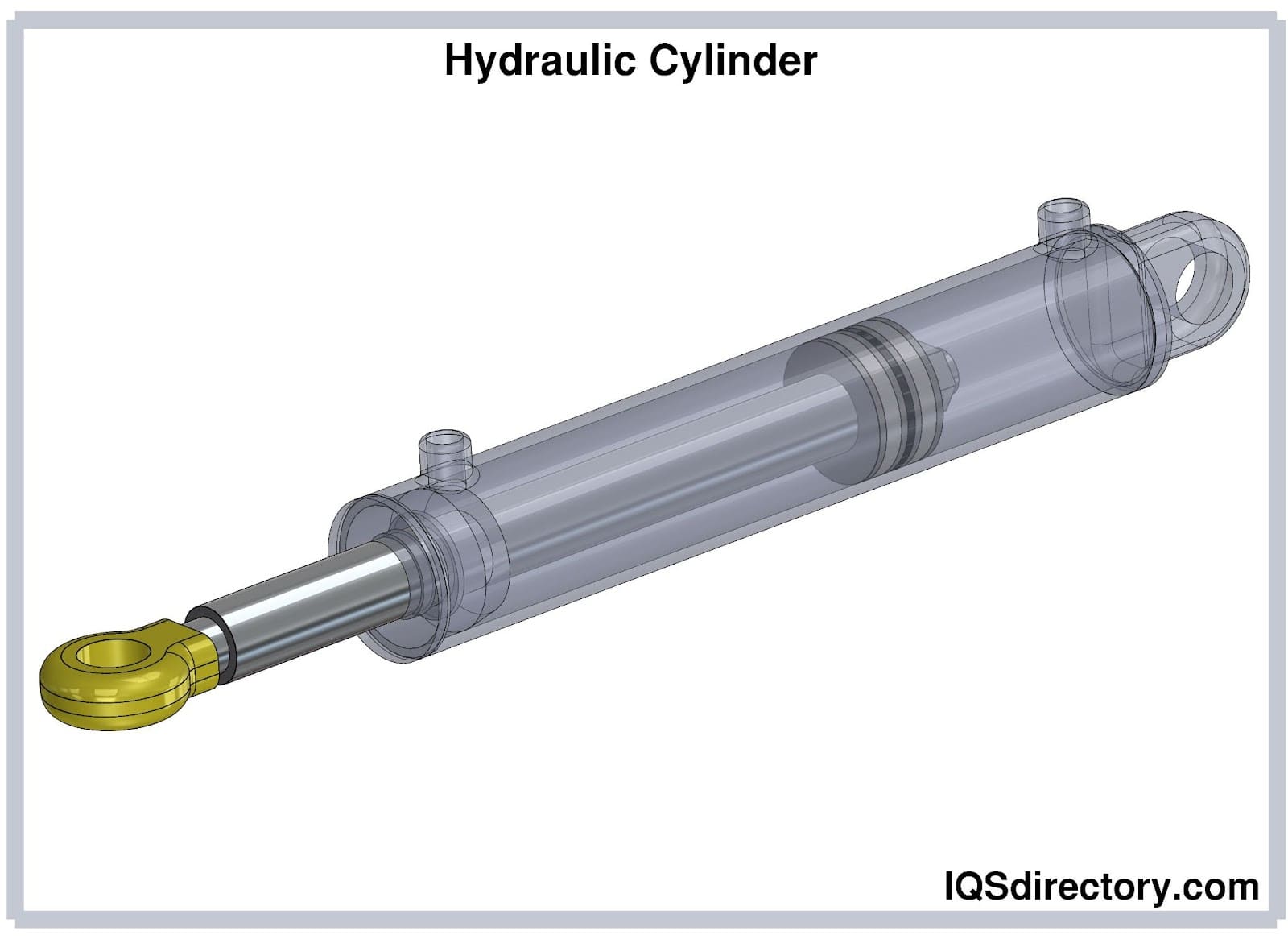
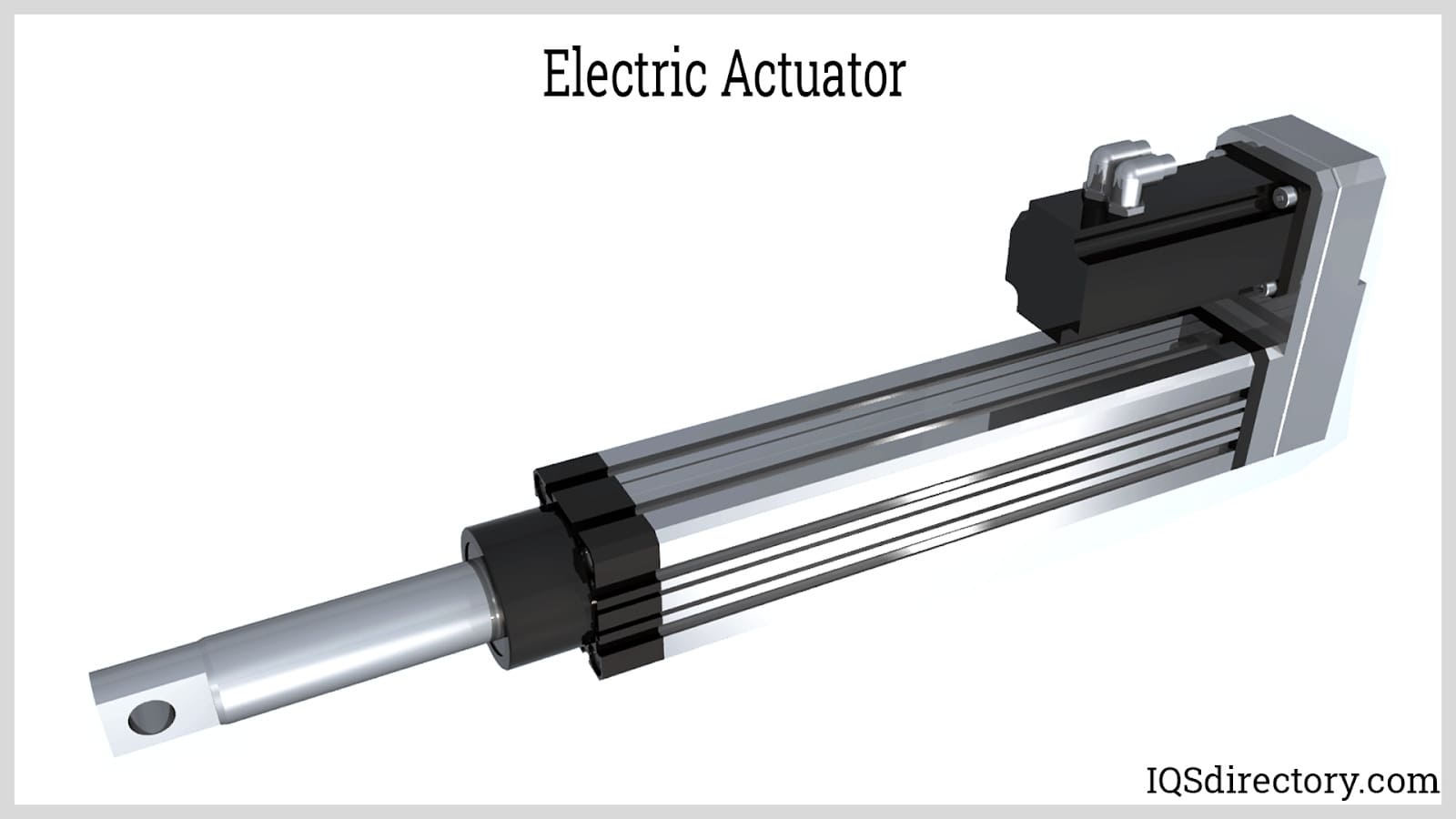
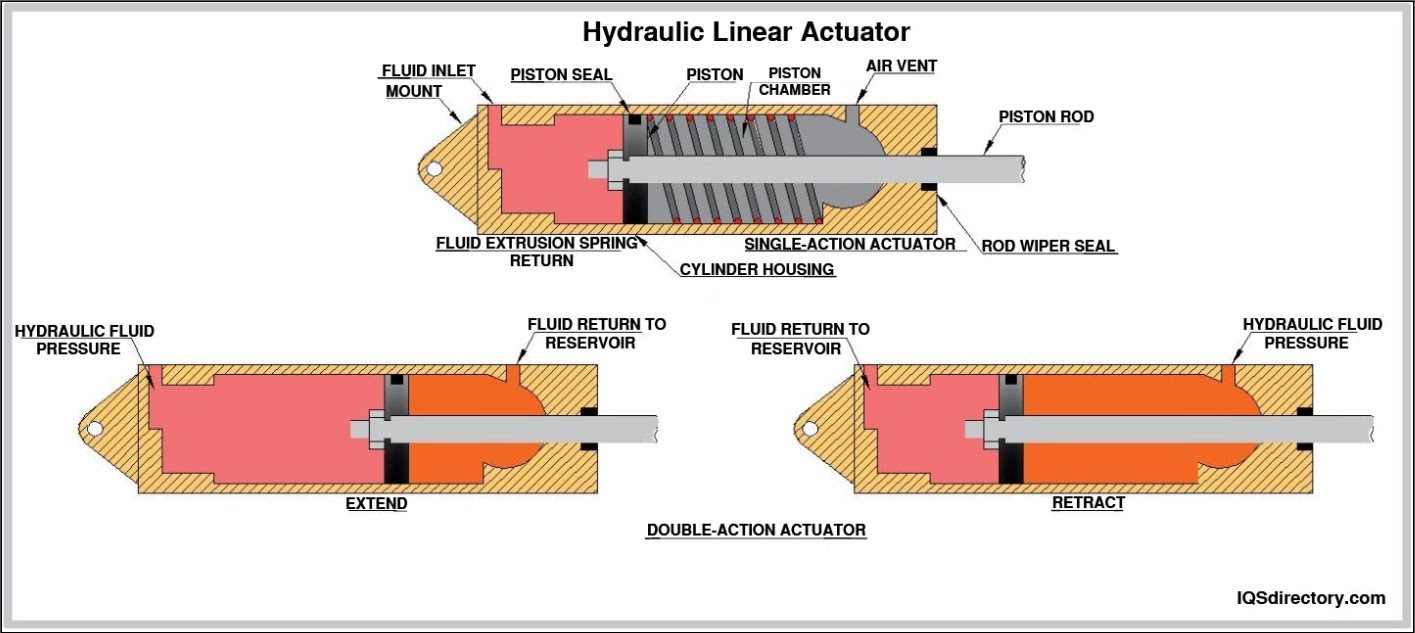
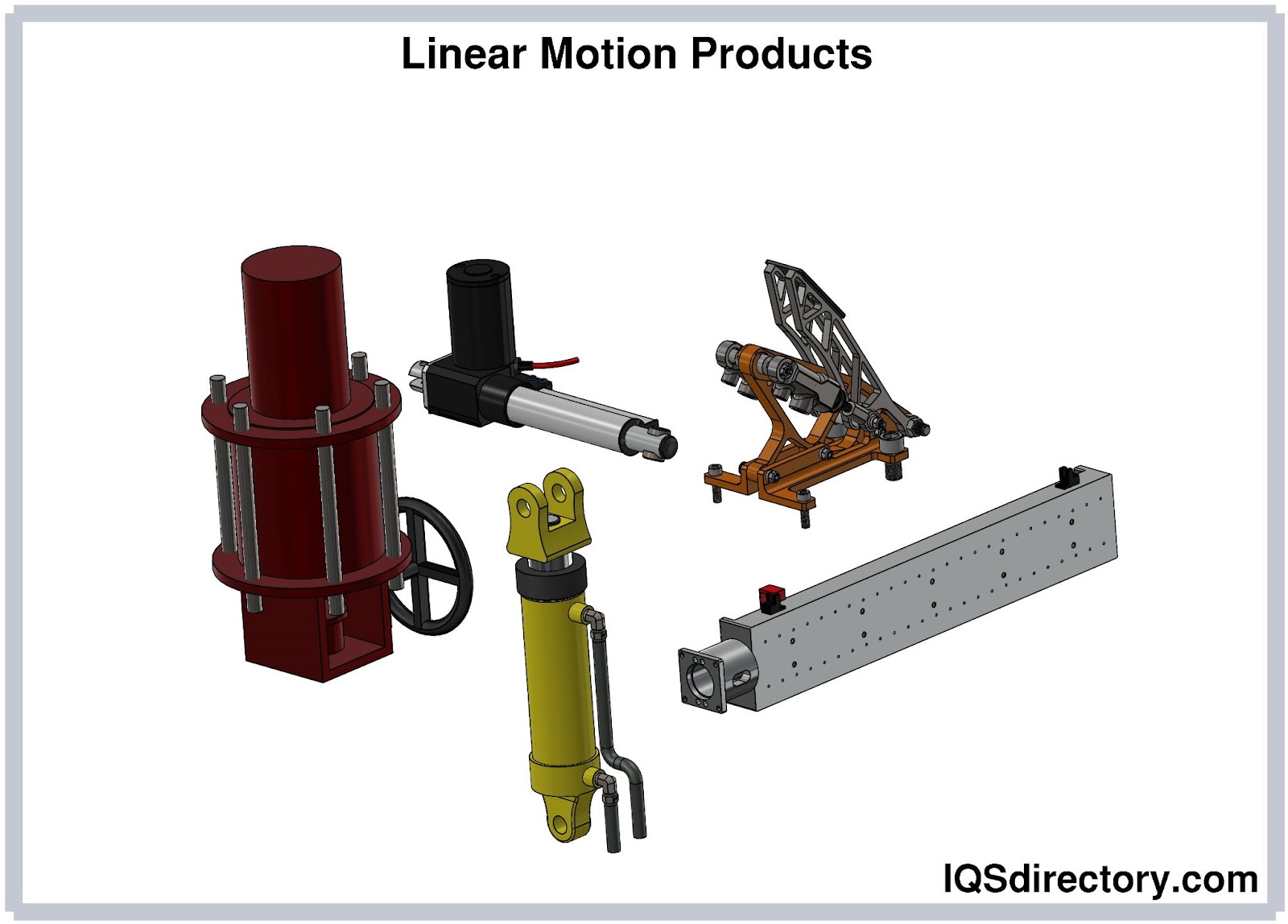
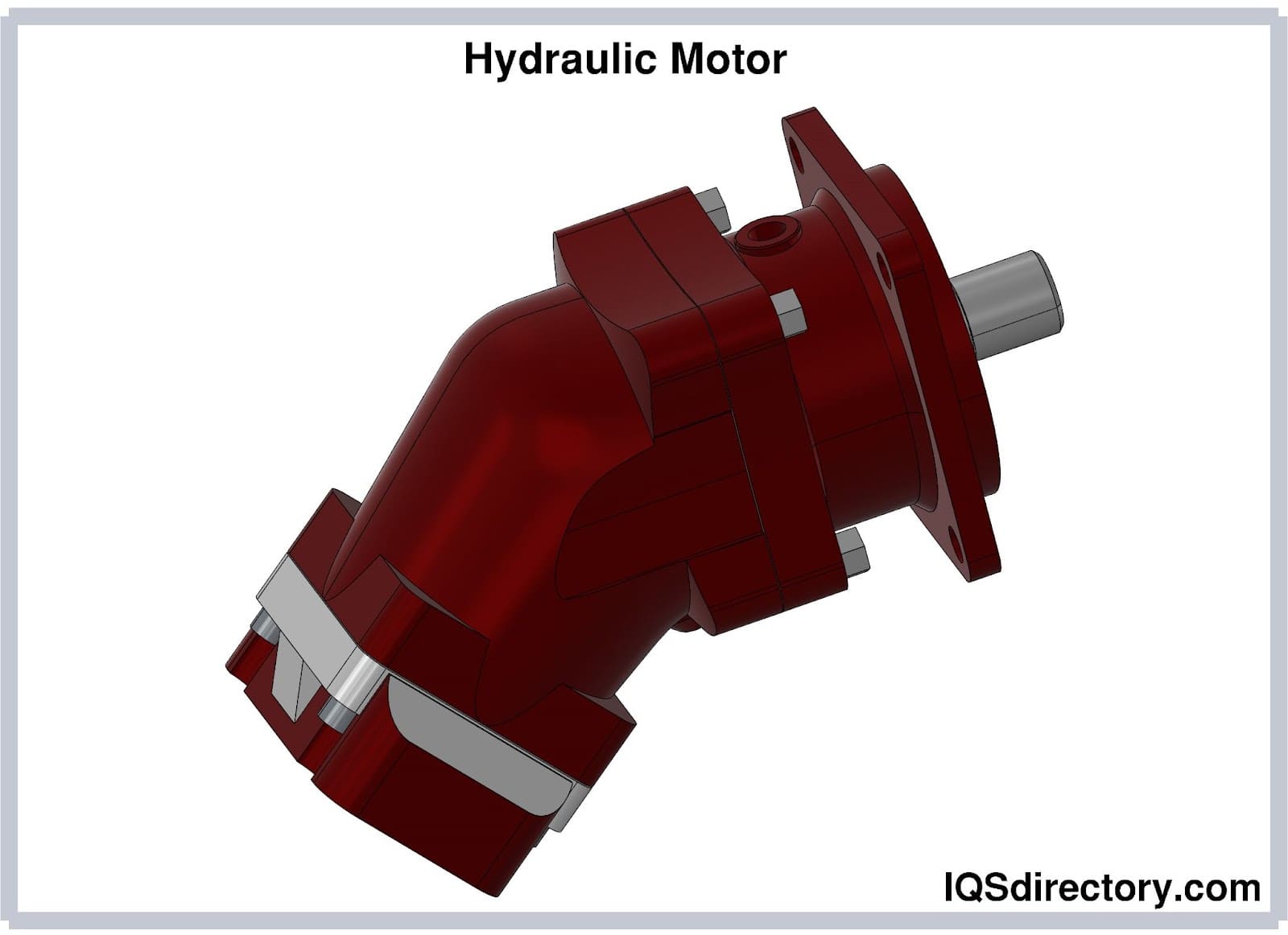
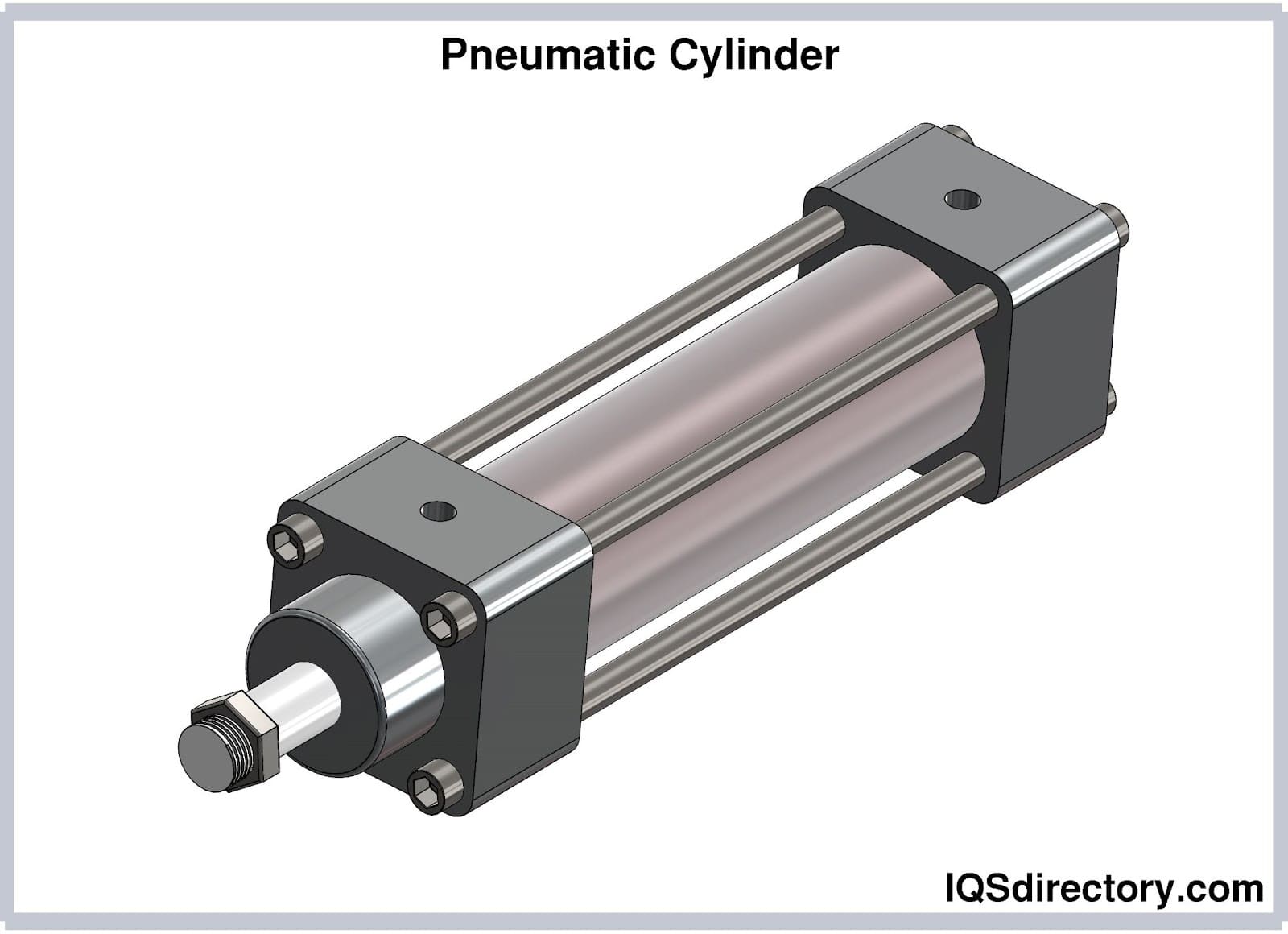
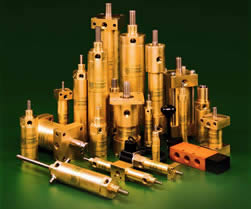 Hydraulic Cylinders
Hydraulic Cylinders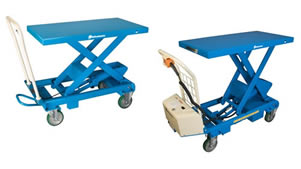 Hydraulic Lifts
Hydraulic Lifts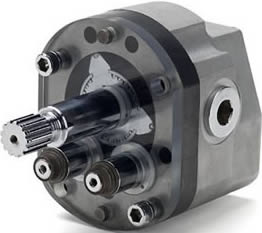 Hydraulic Motors
Hydraulic Motors Hydraulic Presses
Hydraulic Presses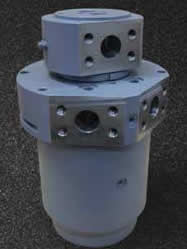 Hydraulic Pumps
Hydraulic Pumps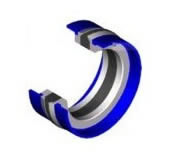 Hydraulic Seals
Hydraulic Seals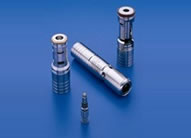 Hydraulic Valves
Hydraulic Valves Castings & Forgings
Castings & Forgings Bulk Material Handling
Bulk Material Handling Electrical & Electronic Components
Electrical & Electronic Components Flow Instrumentation
Flow Instrumentation Hardware
Hardware Material Handling Equipment
Material Handling Equipment Metal Cutting Services
Metal Cutting Services Metal Forming Services
Metal Forming Services Metal Suppliers
Metal Suppliers Motion Control Products
Motion Control Products Plant & Facility Equipment
Plant & Facility Equipment Plant & Facility Supplies
Plant & Facility Supplies Plastic Molding Processes
Plastic Molding Processes Pumps & Valves
Pumps & Valves Recycling Equipment
Recycling Equipment Rubber Products & Services
Rubber Products & Services